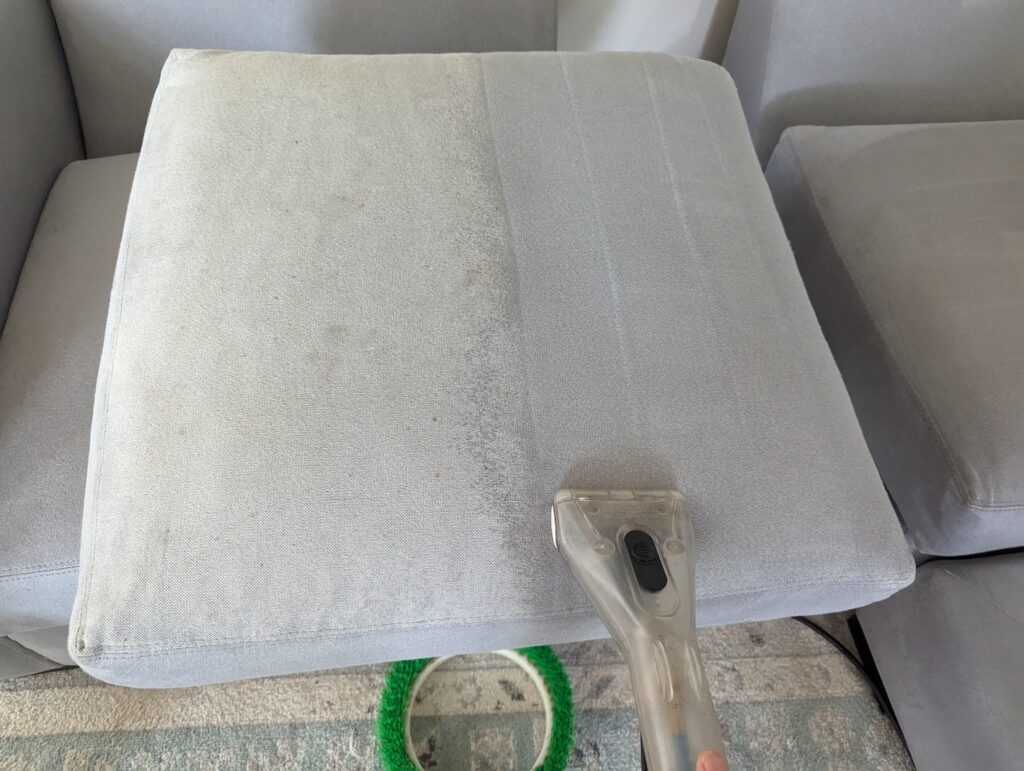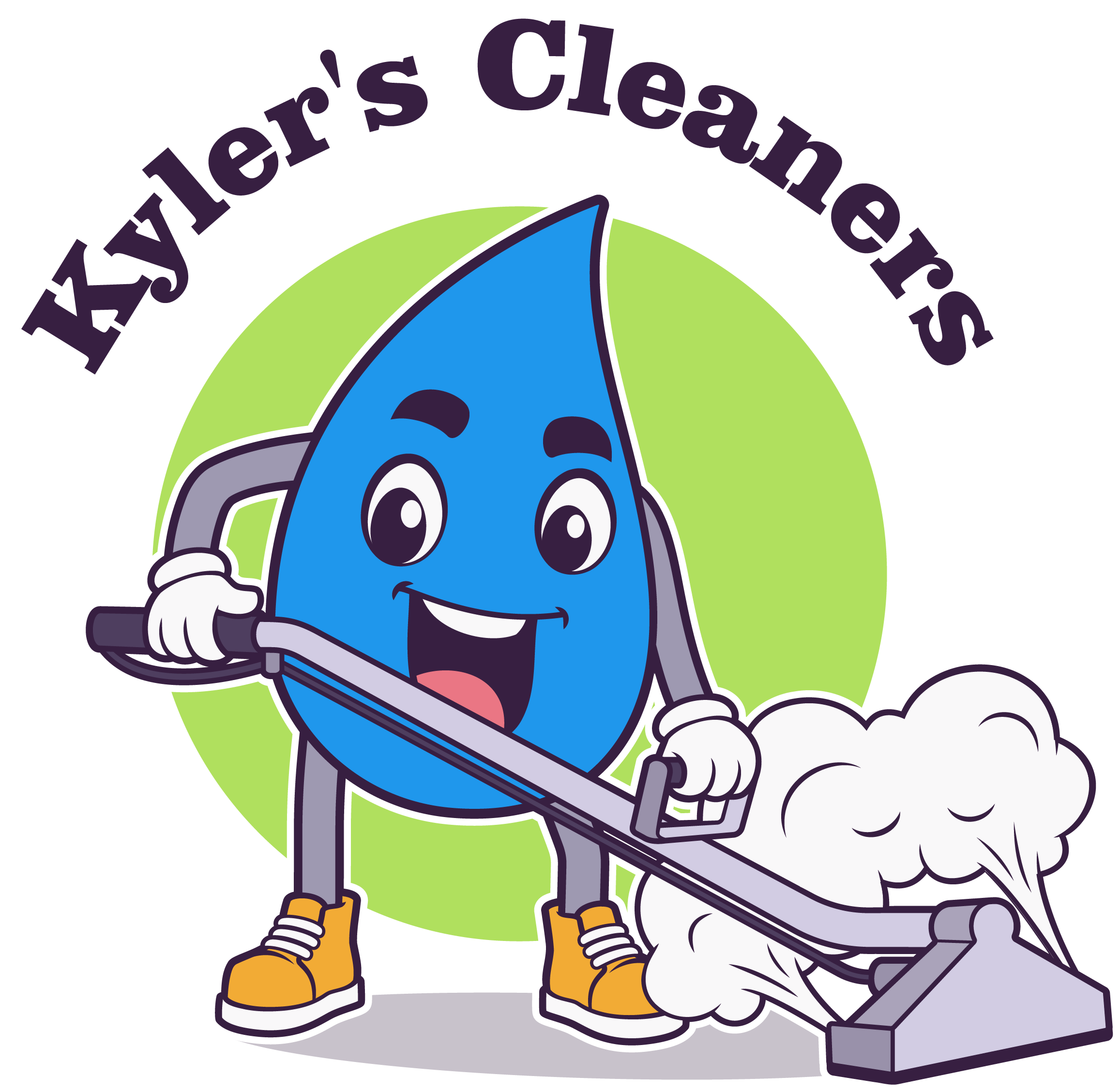Carpet Cleaning in Beaverton Oregon

more than a quick rinse…
This isn’t just about getting carpets wet and hoping for the best. Whether it’s high-traffic commercial carpet tiles or soft residential plush, each fiber type and condition calls for a different approach. The focus is on detail — inspecting your carpet, identifying trouble areas, and choosing the right chemistry for the job. If you’re searching for carpet cleaning near you in Portland, what matters most is experience and care.
Understanding Carpet Chemistry
Effective carpet cleaning is rooted in chemistry. Alkaline solutions (pH 9–11) are ideal for greasy soils in synthetic fibers. Wool or natural fibers, on the other hand, require low-pH or neutral cleaning agents to avoid damage and discoloration.
Enzyme-based pre-sprays help break down organic soils like food and body oils. For urine, bio-enzymatic products digest uric acid crystals instead of covering them up. Rinses are often acid-based (acetic or citric) to neutralize residue and prevent resoiling.
Stain Removal Requires Precision
Surface-level sprays won’t handle set-in stains. The right solution depends on the source:
- Protein stains – like blood or dairy, treated with enzyme spotters
- Tannins – found in coffee, wine, or tea, removed with acid-based spotters
- Dyes and inks – handled with reducers or oxidizers
- Rust – lifted using specialty textile-safe reducing agents
- Grease and adhesives – dissolved using solvent gels or citrus-based cleaners
Pet Hair, Dander, and Odor
Pet hair isn’t easy to extract. It wraps around carpet fibers and hides below the surface. Agitation tools and groomers are used before extraction to remove it properly. Dander and allergens are tackled using high-filtration vacuuming prior to any moisture being introduced.
Odor control begins by identifying the source. UV lights and moisture sensors detect urine deposits. These areas are treated with biologically active agents that break down odor-causing compounds — not just mask them.
Hot Water Extraction Done Right
Hot water extraction, also known as steam cleaning, works by forcing heated water and rinse solution deep into carpet fibers, then immediately extracting the soil. What matters is balanced pressure, proper drying passes, and avoiding over-wetting. Fans and ventilation help ensure fast dry times.
Low Moisture and Dry Cleaning Options
In some cases, full hot water extraction isn’t needed. Low-moisture encapsulation methods allow faster dry times and less disruption — ideal for commercial offices or delicate materials. Dry compound systems can also be used where zero moisture is necessary.
What Sets This Apart
No rushed service. No shortcuts. Just a thoughtful, deliberate process based on fiber type, soil load, and proper chemistry. Each carpet is treated as a unique job, with its own approach — not just a preset routine.
Whether it’s a single bedroom or a multi-unit commercial property, consistency and attention to detail remain the same across the board. The goal is always clarity, cleanliness, and long-lasting results.
Attention to detail isn’t extra — it’s the baseline.

Our couch cleaners mean business…
Upholstery cleaning isn’t just about appearance — it’s about protecting the life of the fabric. In Beaverton, Oregon, where homes range from modern builds to older vintage spaces, furniture fabrics vary widely. From tightly-woven synthetics to delicate natural fibers, each piece requires its own process.
Fiber Identification Comes First
Proper upholstery cleaning starts with identifying the material. Cotton, linen, microfiber, nylon, and blends each respond differently to water, heat, and agitation. Some are water-safe (code W), others solvent-only (code S), and some require very low moisture (code WS or X). Cleaning blindly can lead to browning, shrinkage, or water marks.
Dry Soil Removal
Around 80% of all fabric soil is dry particulate — dust, skin flakes, pet hair. Thorough vacuuming with a crevice tool and brush attachment is always the first step. Without it, moisture turns dry soil into mud, leading to uneven results and wicking.
Chemistry Based on Fabric and Soil Type
Water-based upholstery cleaners are used on synthetics like polyester and olefin, while delicate natural fabrics may require dry foam or solvent-based approaches. Enzyme pre-sprays break down body oils and food residue. Oxidizing agents may be used (carefully) for light-colored fabrics with organic staining.
Every cleaner used is carefully selected for pH compatibility and rinseability — no sticky residue left behind, and no over-wetting of cushions or padding.
Stain Removal and Spot Treatment
Spotting depends entirely on the source of the stain and the fabric’s tolerance:
- Oils and grease – require solvents or citrus-based gel spotters
- Protein stains – like sweat or milk, treated with enzymes
- Dye transfer – managed with reducers or specialty dye blockers
- Ink and cosmetics – require pinpoint application of volatile dry spotters
Extraction and Drying
Fabric-safe upholstery tools apply low-pressure rinse and vacuum simultaneously. The goal is to clean fibers without over-saturating cushions. In some cases, towel drying and air movers are used to speed up drying time and prevent odor or mildew.
Pet Hair, Dander, and Odor
Upholstered furniture tends to trap pet hair and allergens. Agitation tools and hair removal brushes are used before cleaning begins. For lingering pet odors, enzyme treatments or sub-surface flushing may be required, depending on contamination depth.
Why Proper Upholstery Cleaning Matters
Professional upholstery cleaning restores comfort, extends fabric life, and improves air quality. More importantly, it does so without damaging fibers or leaving behind harsh chemical residues. Every step — from inspection to drying — is done with care.
In Beaverton and surrounding areas, proper upholstery care means knowing what not to do just as much as what to do.
